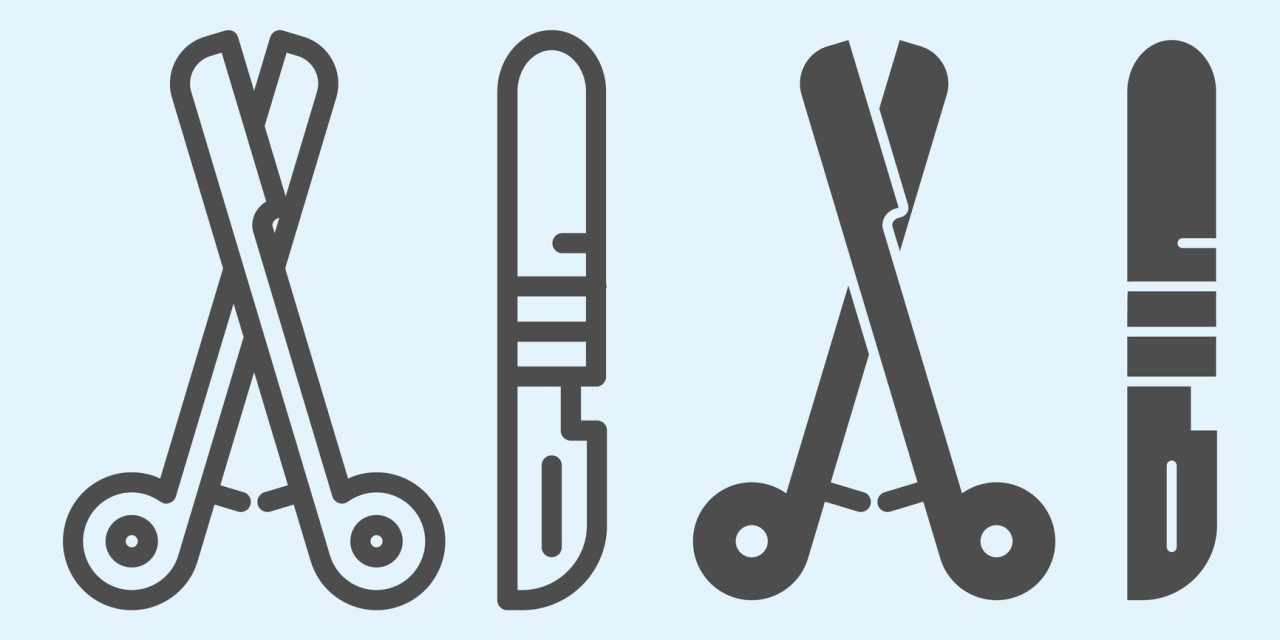Since many years, office-based flexible transnasal laryngoscopy is a common routine procedure. The development of new technical equipment such as high-definition cameras and flexible tip-chip endoscopes nowadays allows for much more precise examination than a few years ago. In contrast to rigid laryngoscopy, it is possible to move the tip of the endoscope close to the vocal folds and to other structures of interest. Nevertheless, without professional handling of the equipment, one cannot benefit from the potential of the newest technology.
Two easily performed and very helpful maneuvers in flexible endoscopy are described. The “dipping maneuver” enables a maximum magnification of the mucosal surfaces of the endolarynx as well as the examination of the subglottal region and the trachea by positioning the tip of the endoscope very close to the vocal folds or even in the upper trachea during long transnasal inspiration. During the “rotation laryngoscopy”, the tip of the endoscope is positioned in the posterior interarytenoid region by rotating the flexible endoscope by 180° and advancing it close to the glottis. This allows a close-up examination of the anterior commissure, the inferior aspect of the vocal folds and the inside of the Morgagni’s ventricle. Before performing transnasal flexible endoscopy, we routinely apply topical anesthesia sprayed intranasally.
The described techniques of flexible endoscopy are easily performed and allow a maximum magnification of the mucosal surfaces and otherwise not visible regions of the endolarynx.
Dipping and rotating: two maneuvers to achieve maximum magnification during indirect transnasal laryngoscopy.


